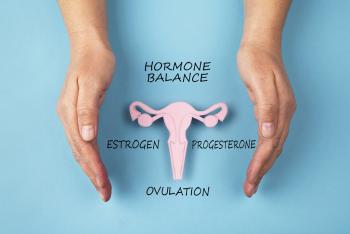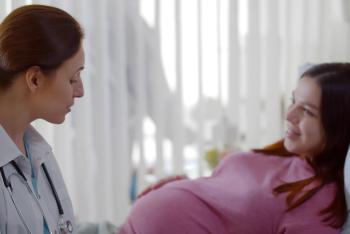Urinary tract infections (UTIs), bacterial infections of the bladder, are common health conditions...
Read More
Affecting nearly 1 in every 10 women, endometriosis is when the tissue that lines the uterus begins to grow outside of the uterus—oftentimes in the ovaries, fallopian tubes and the tissue lining the pelvis. Though this extra tissue causes pelvic pain, it is not always easy to diagnose. To learn more about the signs and symptoms of endometriosis, we spoke with Neely Elisha, D.O., a board-certified OB-GYN at Inspira Medical Group’s Obstetrics and Gynecology office in East Vineland, New Jersey.

Currently, the cause of endometriosis is not known.
“The hormones that change and increase during your menstrual cycle, specifically estradiol—a type of estrogen—affect the endometrial tissue that is growing outside of the uterus, causing the area to become irritated and consequently, painful,” said Dr. Elisha. “Endometriosis, therefore, is considered an estrogen-dependent condition.”
Although its symptoms vary, knowing the signs of endometriosis is a critical step in finding a treatment that works for you. Some people may experience mild symptoms, some have moderate to severe symptoms and some have no symptoms at all.
“If you have any of these symptoms related to endometriosis, see your doctor. They can help diagnose and subsequently treat if needed,” said Dr. Elisha.
Because endometriosis cannot be detected by imaging studies like ultrasounds, this condition requires a clinical diagnosis to:
Endometriosis treatment can involve medication, surgical intervention or a combination of the two. But remember, the first step is to speak with your health care provider and be honest about any symptoms that you may be experiencing.
“The tissue that grows outside of the uterus causes irritation and also can result in adhesions—growing tissue that inappropriately connects the organs in your pelvis together—that can cause scarring as well as pain before or during menstruation and fertility problems,” said Dr. Elisha. “All of this is to say: Your pain is real. Your pain can be treated. Your pain does not have to be forever. We are here to help.”

Urinary tract infections (UTIs), bacterial infections of the bladder, are common health conditions...
Read More
Prioritizing cervical health is a lifelong commitment—from HPV vaccinations in adolescence to...
Read More
Midwives offer a compassionate, patient-centered approach. With an emphasis on consent and shared...
Read More
The material set forth in this site in no way seeks to diagnose or treat illness or to serve as a substitute for professional medical care. Please speak with your health care provider if you have a health concern or if you are considering adopting any exercise program or dietary guidelines. For permission to reprint any portion of this website or to be removed from a notification list, please contact us at (856) 537-6772